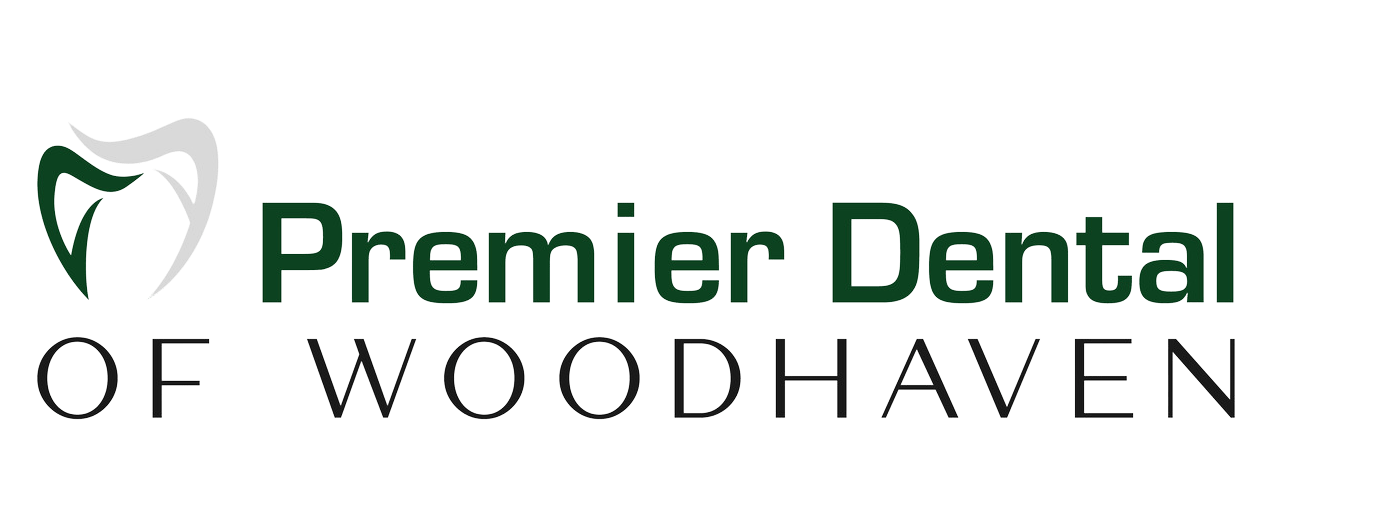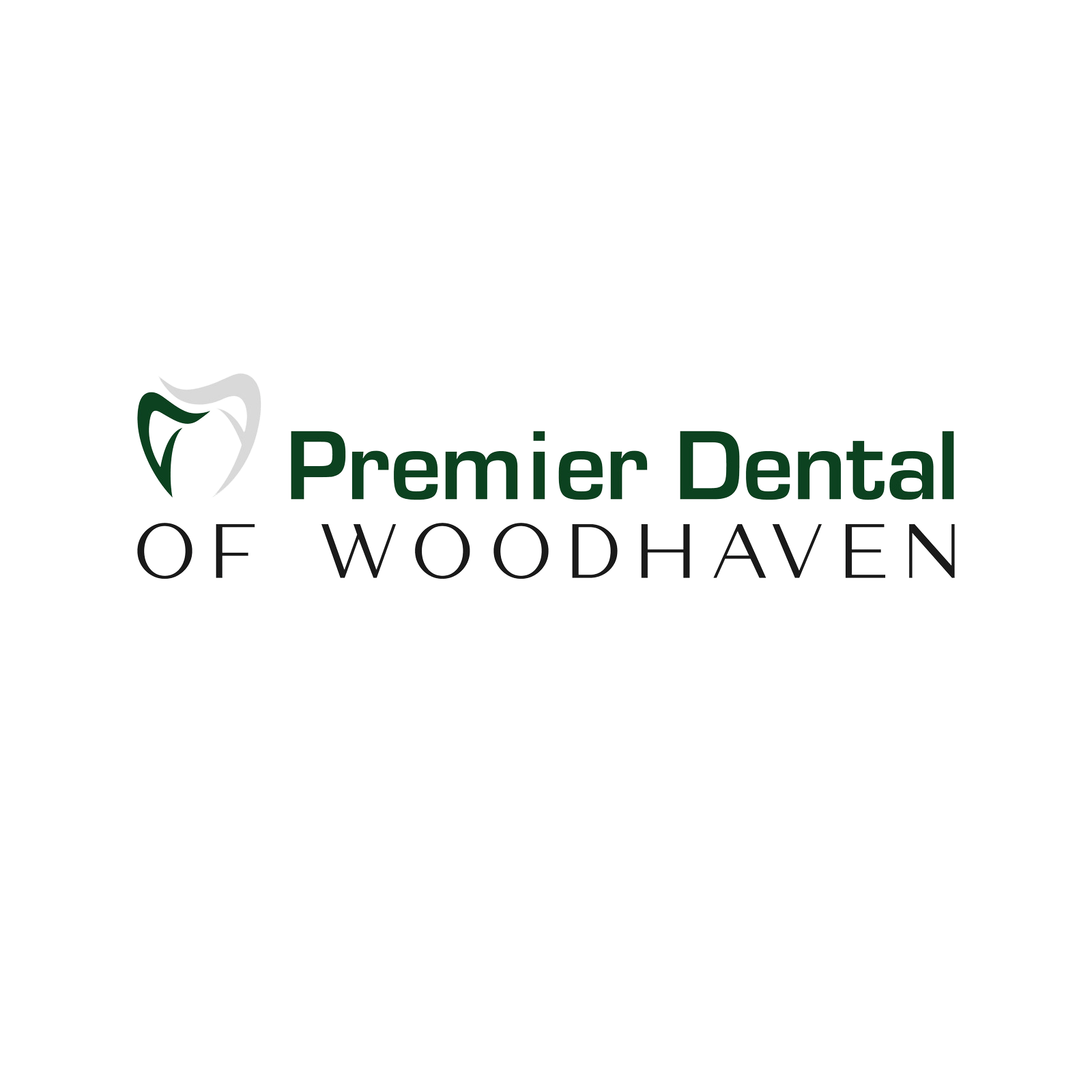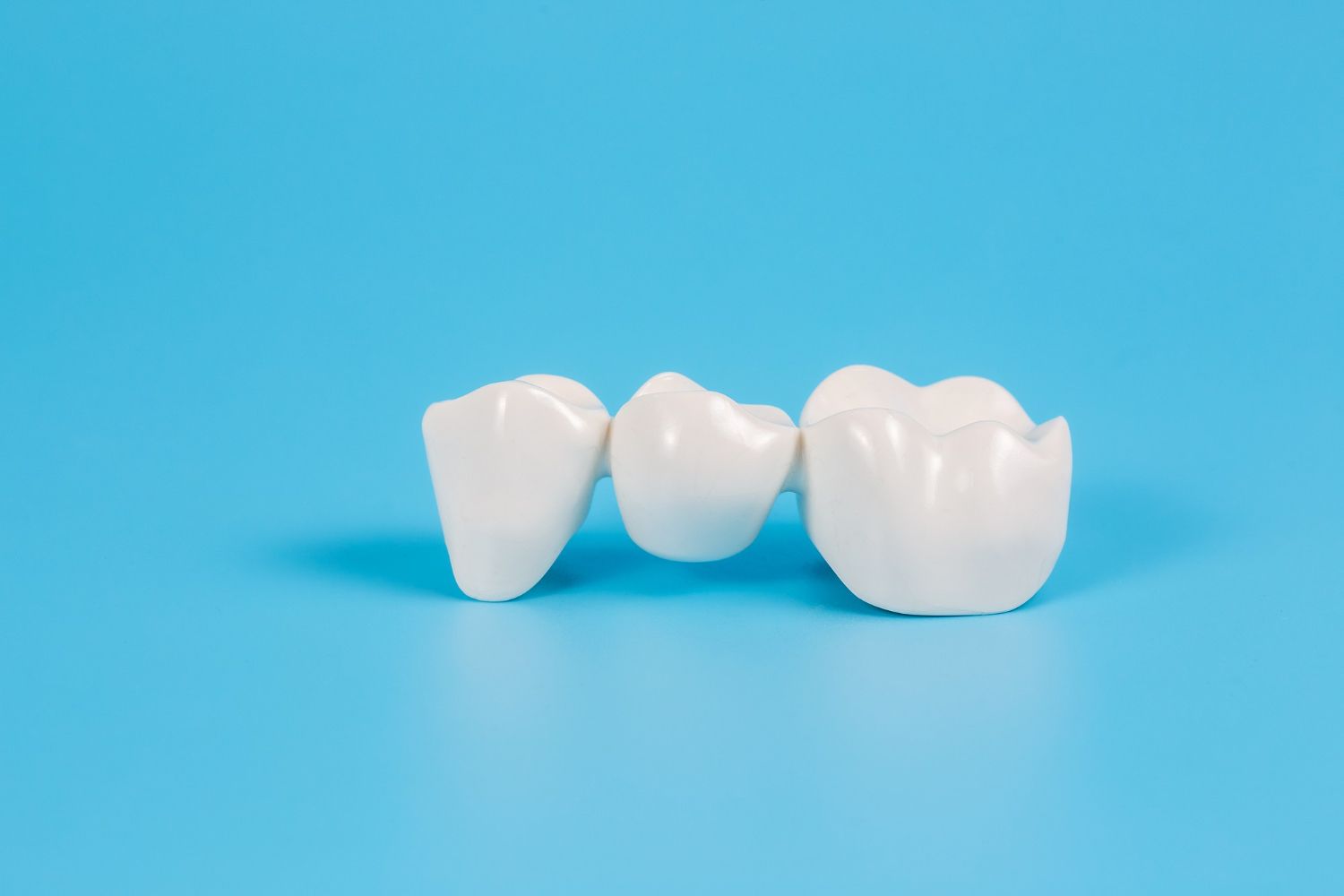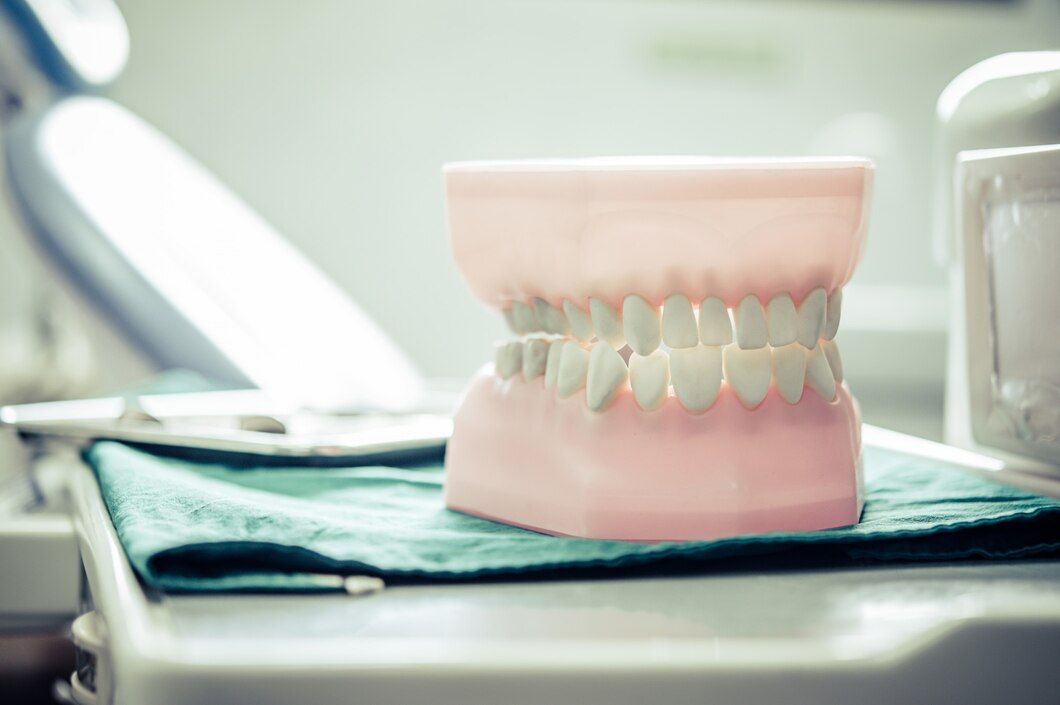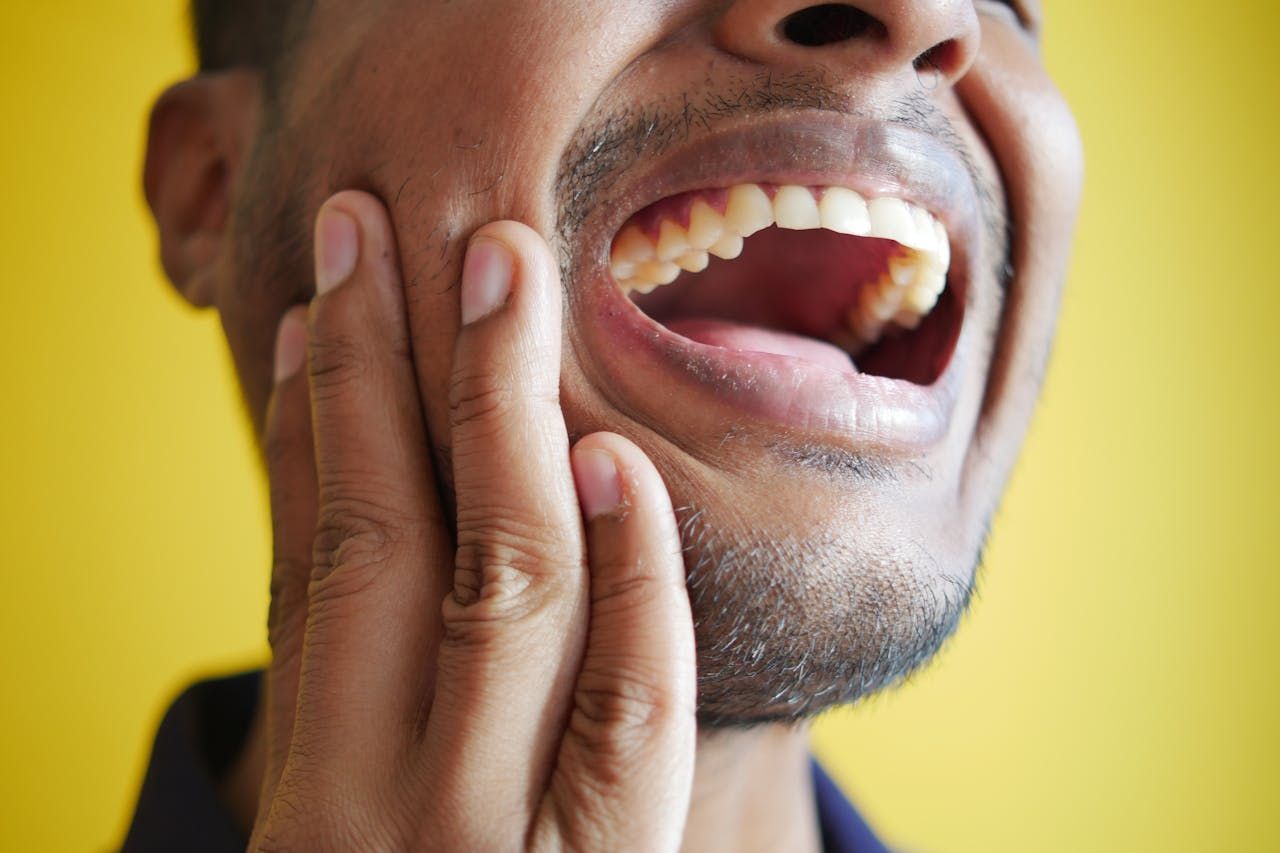Don’t Panic: What to Do During Common Dental Emergencies
When something suddenly goes wrong with your teeth or gums, it can be alarming. But how do you know if it's truly an emergency? Should you wait it out or head to the dentist right away? Knowing what counts as a dental emergency and how to respond can make all the difference—especially when pain, swelling, or damage is involved.
In this blog, we’ll explore the most common dental emergencies, answer the question “how do I know if this is a dental emergency?”, and share helpful at-home treatments for dental emergencies until you can get professional care. Whether you’ve just chipped a tooth or you’re dealing with a severe toothache, this guide will give you the clarity and confidence to take the right next step.
What Counts as a Dental Emergency?
Some dental problems can wait a few days. Others require immediate attention. But knowing the difference is key to protecting your oral health.
Here are the most common dental emergencies that require prompt care:
- Severe Toothache: Persistent pain that doesn’t go away with over-the-counter medications may be a sign of infection or damage to the nerve.
- Knocked-Out Tooth: A tooth that has been completely dislodged needs immediate attention. Quick action can sometimes save it.
- Broken or Chipped Tooth: While small chips may not be urgent, a cracked or broken tooth that causes pain or exposes the inner layers of the tooth should be seen right away.
- Swelling or Abscess: Swelling in your face, jaw, or gums, especially if it’s accompanied by fever, may be a sign of a serious infection.
- Lost Filling or Crown: If a restoration falls out, the exposed tooth can become sensitive or vulnerable to further damage.
- Bleeding That Won’t Stop: Uncontrolled bleeding following dental work or trauma may require emergency care.
Benefits of Understanding Emergency Symptoms
According to the American Dental Association (ADA), acting fast during a dental emergency can significantly reduce the risk of permanent damage, infection, and costly future treatments. By knowing which symptoms signal urgent care, patients are empowered to take swift and appropriate action.
How Do I Know If This Is a Dental Emergency?
It’s a question that comes up time and time again: “Is this serious enough to call the dentist right now?”
Here are a few guiding questions that can help you decide:
- Is there severe pain that won’t go away?
- Is the tooth or gum visibly damaged or bleeding?
- Is there swelling in your face or jaw?
- Do you have signs of infection, like pus or fever?
- Have you lost a permanent tooth, crown, or filling?
If you answer “yes” to any of these, it's likely a dental emergency. It’s best to contact your dental provider as soon as possible. Premier Dental of Woodhaven at 80-32 Jamaica Ave, Woodhaven, NY, offers responsive emergency dental services. Call 347-474-4566 for urgent care and guidance.
Benefits of Early Intervention
Studies show that addressing dental emergencies early—especially those involving infections or trauma—can prevent complications such as bone loss, tooth loss, and systemic health issues. The Mayo Clinic warns that untreated dental infections can even lead to serious medical conditions like sepsis. Prompt dental care isn’t just about pain relief; it’s about safeguarding your overall health.
At-Home Treatments for Dental Emergencies (Until You Can See a Dentist)
While professional dental care is the ultimate solution, there are several at-home treatments for dental emergencies that can provide temporary relief and protect your teeth in the meantime.
Toothache
- Rinse your mouth with warm salt water to clean the area.
- Use over-the-counter pain relievers like ibuprofen (never place aspirin directly on the gums).
- Apply a cold compress to the outside of the cheek if swelling occurs.
Knocked-Out Tooth
- Hold the tooth by the crown (not the root), gently rinse it with water, and try to place it back in the socket if possible.
- If that’s not an option, place it in a container of milk or saliva to keep it moist.
- Get to the dentist within 30 minutes for the best chance of saving the tooth.
Broken or Chipped Tooth
- Rinse your mouth to remove any fragments.
- Use dental wax (available at pharmacies) to cover any sharp edges.
- Apply a cold compress for swelling and avoid using the tooth.
Lost Filling or Crown
- For a lost crown, try to reattach it with temporary dental cement or denture adhesive until you see the dentist.
- For a lost filling, cover the cavity with dental wax or sugarless gum as a short-term measure.
Abscess or Swelling
- Rinse with warm salt water several times a day to ease inflammation and draw out infection.
- Do not attempt to drain the abscess yourself.
- Seek emergency care promptly—this condition can become life-threatening if ignored.
Benefits of Immediate First Aid
Quick, informed action can reduce discomfort and lower the risk of complications. The American Association of Endodontists highlights that properly handled knocked-out teeth can often be replanted and function for years—if treated within one hour.
Take Control of the Unexpected
Dental emergencies can be stressful—but being prepared makes all the difference. By knowing how to recognize common dental emergencies, asking yourself “how do I know if this is a dental emergency?”, and using safe at-home treatments for dental emergencies when needed, you can protect your smile and your health.
If you're ever unsure or need immediate help, the best thing you can do is call a trusted dental professional. At Premier Dental of Woodhaven, we’re here to offer emergency dental care with compassion, speed, and expertise. Don’t wait—call 347-474-4566 or visit us at 80-32 Jamaica Ave, Woodhaven, NY to get the care you need.
Your oral health matters—especially in an emergency. Let us help you get back to feeling your best.







